Amazing Bird Migration Secrets Revealed
Updated: Feb. 03, 2022
There’s more to bird migration patterns than meets the eye. Learn when and how birds migrate and discover which species makes the longest bird migration.
When we were kids we all learned that birds fly south for winter. Even though it was probably one of the first fascinating facts you learned about birds, it’s not entirely true. Bird migration patterns have captivated and confused scientists and birders for hundreds of years. Early naturalists and philosophers often pondered where birds went in the winter. Some theorized that swallows and other species buried themselves in the mud. Others thought that birds wintered on the moon. At one point, the prevailing theory for hummingbirds was that they migrated on the backs of geese. We know now, of course, that none of these are true. We also know that it’s an oversimplification to simply state that birds fly south for the winter. Let’s explore some of the more interesting migration facts, including which species make the longest bird migration journey.
Why do some birds migrate while others don’t?
Bird Migration Patterns
Winter Travelers
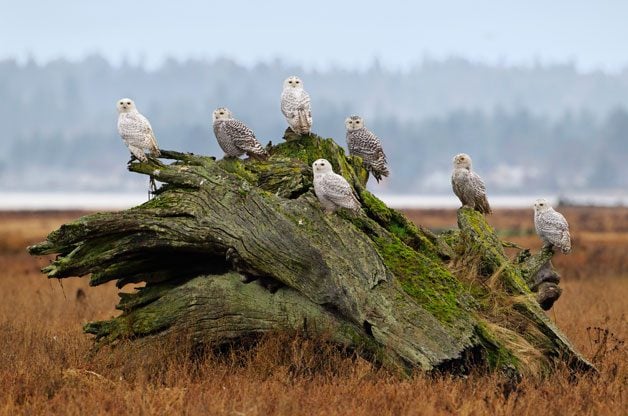
Migration doesn’t just happen in spring and fall. Winter movements of certain species are called irruptions. Unlike traditional migrations that occur every year, irruptions are more sporadic and driven by local conditions. Available food resources for northern birds, like conifer cone crops for winter finches or lemmings for raptors, can lead to mass movements of birds in search of food.
Snowy owls are likely the poster species for irruptions. It seems individual snowy owls have fan clubs when they arrive anywhere south of the Canadian border. Less noticeable irruption species include purple finches, pine siskins and redpolls. They might get mistaken for house finches or goldfinches as they nibble thistle seed in backyards across the northern tier of states.
Do robins migrate and return in the spring?
Altitudinal Migrants
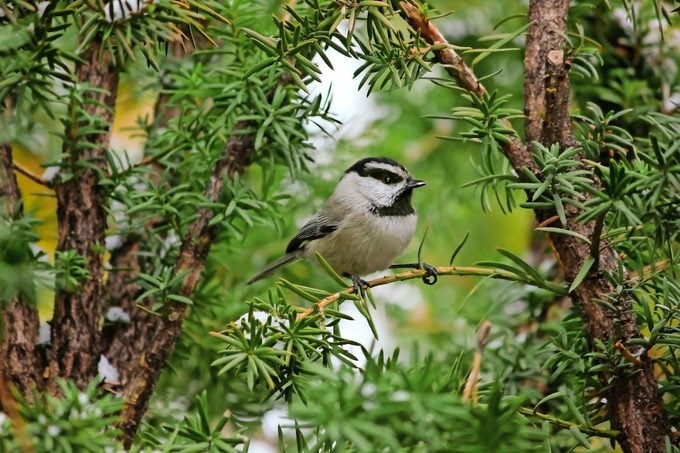
Migration doesn’t have to be a long movement across continents. There are plenty of species that demonstrate altitudinal migration. These birds will move to lower elevations during the harsh winter months. Mountain chickadees can occasionally be seen in towns near the mountains all year, but in the winter, the species moves to lower elevation, visiting feeders in striking numbers. Clark’s nutcracker, Steller’s jay and even the dark-eyed juncos can also exhibit this seasonal movement instead of traditional migration.
While plenty of mountain species move down the mountain during the winter, the dusky grouse of the Rockies moves uphill. These birds survive the winter by nibbling on conifer needles. Then, as the weather warms and food becomes more available, they will disperse back to lower elevations.
Baltimore oriole migration: Do orioles migrate?
Nomadic Migration
These nomadic species don’t move in a classic, seasonal pattern, but instead, wander throughout the year. It’s a highly specialized niche, and there are but a few examples of this behavior. Some populations of red crossbills move far and wide to areas with abundant cone crops. Their unique crossed bills make them dependent on specific food sources and they will move out of areas as food sources deplete. What is especially impressive is that crossbills can adjust the timing of their breeding to take advantage of abundant resources.
Learn about cedar waxwing migration.
Longest Bird Migration
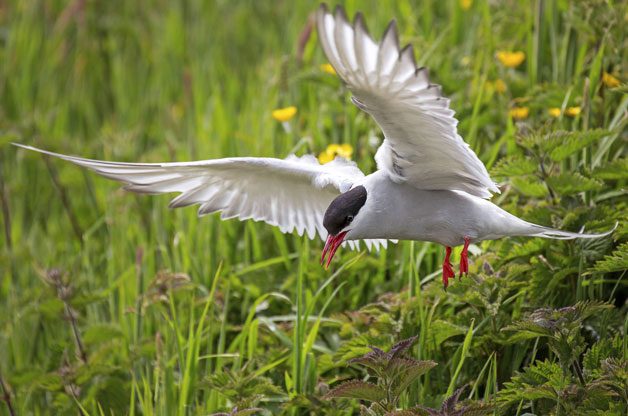
While numerous shorebirds and seabirds make epic migration journeys, the Arctic tern holds the worldwide title for farthest-traveling flier. This species follows the summers in both hemispheres. After a short nesting season in the high Arctic, this species heads south—extremely far south. They spend the nonbreeding season near Antarctica. They average an annual round trip of 49,700 miles from the Arctic to Antarctica.
Discover more surprising facts about Arctic birds.
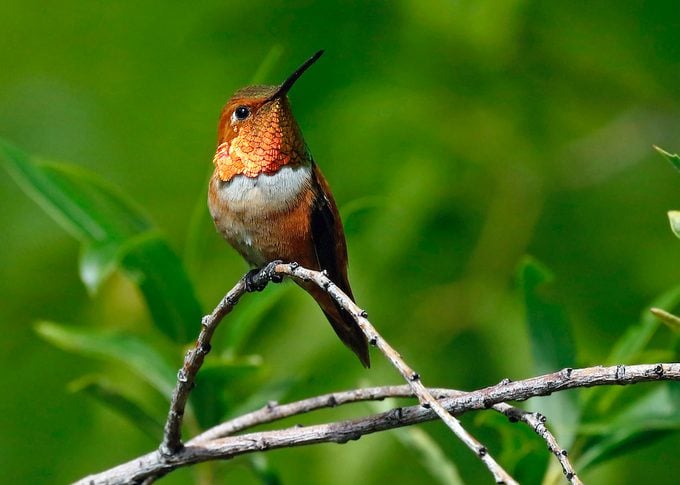
Considering its small size, the tiny rufous hummingbird might be the most impressive migrator of all. Rufous hummingbirds have a circular migration route. From their winter ranges in southern Mexico, they work their way up the West Coast. Some will make it as far as southeast Alaska for breeding. Then by July, the males head south. They don’t follow the coast back, though. Instead they move from mountain meadow to mountain meadow down the spine of the Rocky Mountains. Occasionally a rufous hummingbird will drift farther to the east, and a few can be found in the upper Midwest and beyond each fall.
Psst—we have warbler migration tips for every type of birder.
How Do Birds Know When to Migrate?
Migration doesn’t flip on and off like a light switch. Many factors play a role in the movements of birds. Competition for nest sites and food availability drive migration patterns throughout the year. The length of days helps trigger migration.
Weather patterns will facilitate day-to-day movements. It’s easier for birds to fly with the wind than against it. Some birds will make epic nonstop journeys, but most take many stops along the way, each providing an opportunity to refuel.
For the irruptive finches and raptors of the north, flying south for winter can mean southern Canada and the northern United States. Neotropical migrants breed in North America and winter in Central and South America. Migration is a complex topic with endless nuances. There aren’t universal rules that apply to all birds. Even populations of the same species will migrate differently in certain instances. Migration is a fascinating topic and one that gets people excited about birds all year long.
Do bluebirds migrate in winter?
When Do Birds Migrate?
Somewhere on the continent, migration is happening nearly every day.
Waterfowl start to follow the open water northward as soon as they can. Spring bird migration is in full swing in the south by April, and in the north by late May. In early summer, spring migration is wrapping up for some northbound species while fall migration is kicking in for others. Fall migration sees southbound migrants, including hatch-year birds making the journey for the first time. Seedeaters shift across the regions as winter sets in. Even in winter we continue to search the skies, and our feeders, for winter irruption species, not to mention the resident birds that share our spaces all year long.
Check out 5 ways to attract migrating spring birds.
More Bird Migration Facts
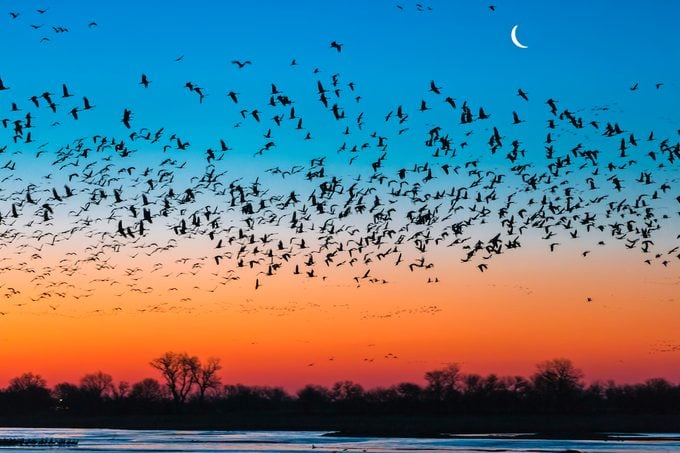
- Every spring, approximately 500,000 sandhill cranes arrive along Nebraska’s Platte River before continuing north.
- Before leaving on their long trips, birds pack on extra fat, which can amount to 50% to 60% of their body weight.
- Radar technology first became a key tool for tracking bird migration during the 1960s.
- More than 350 bird species seen in North America migrate every year.
- The bar-tailed godwit takes zero breaks when flying from Alaska to New Zealand, a distance of more than 7,000 miles.
Next, discover 6 bird migration patterns that have changed.
